SKF TMEH 1 User manual
Other SKF Security Sensor manuals

SKF
SKF LINCOLN ATEX PSG1 Series User manual
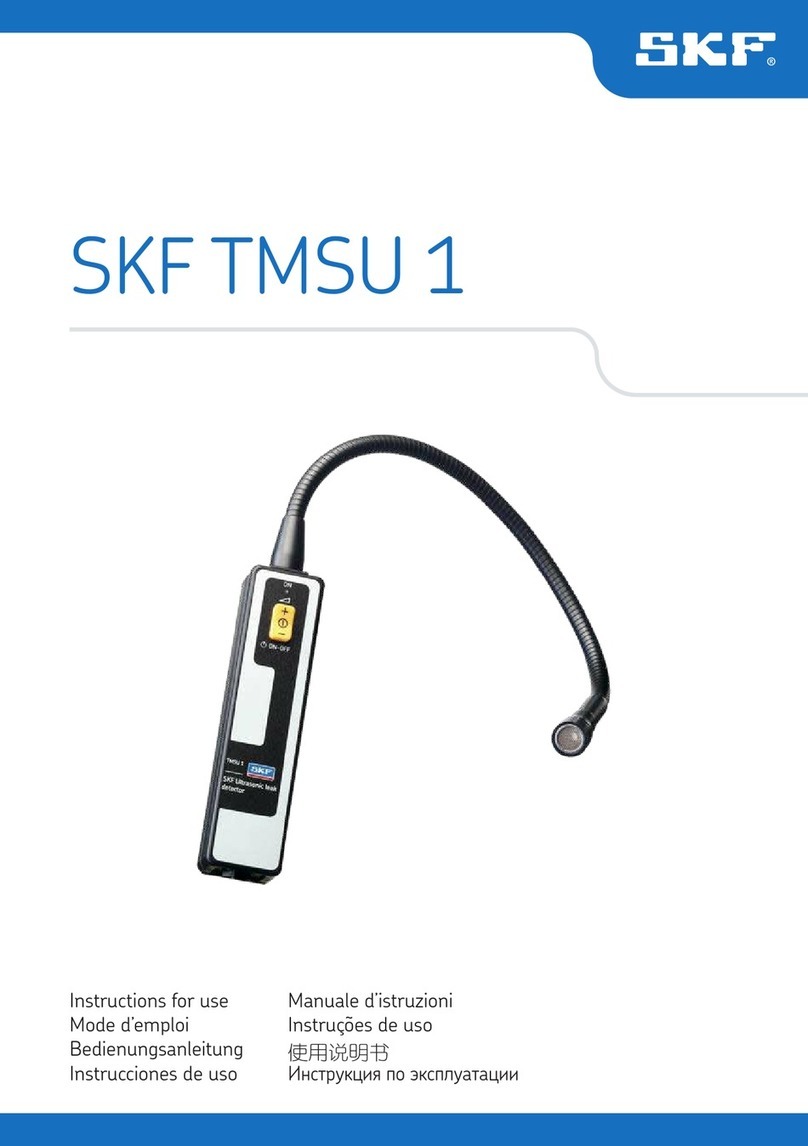
SKF
SKF TMSU 1 User manual
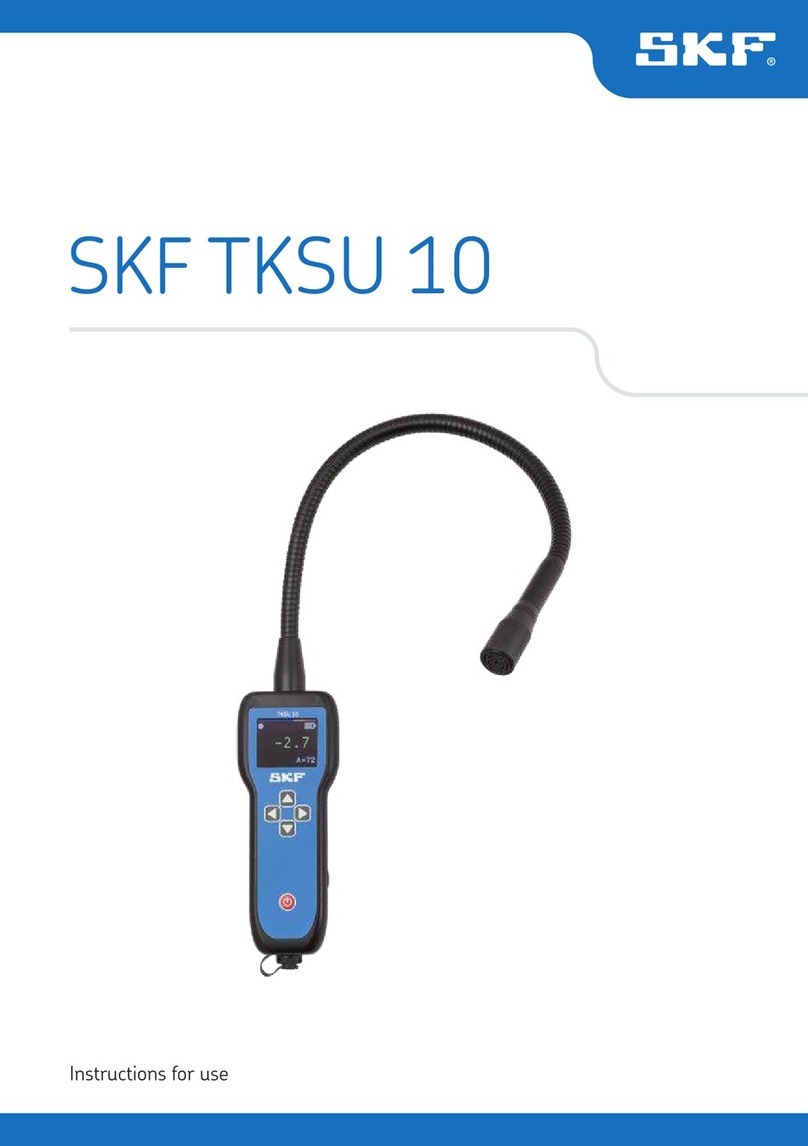
SKF
SKF TKSU 10 User manual

SKF
SKF TKSU 10 User manual

SKF
SKF LINCOLN Magnetic sensor M G Series User manual

SKF
SKF Lincoln 254-15165-9 User manual
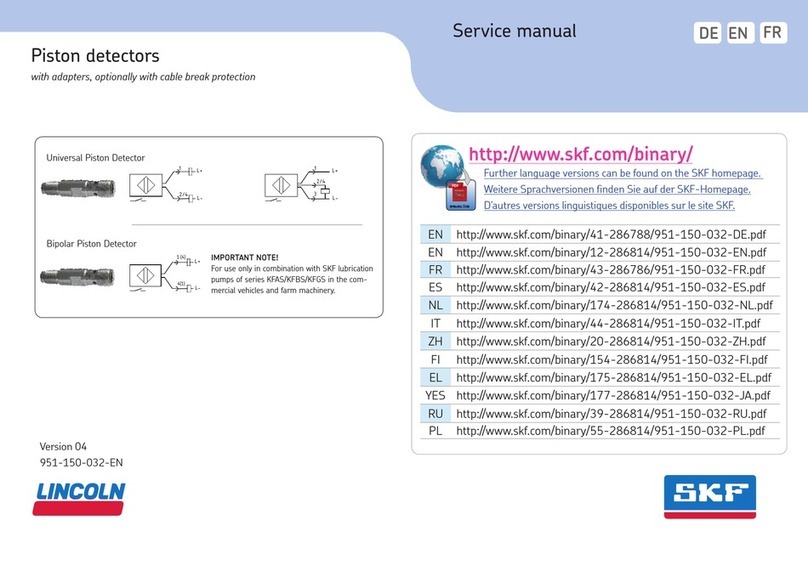
SKF
SKF 234-13163-9 User manual
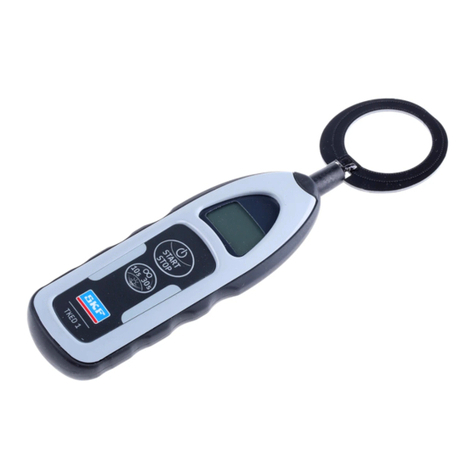
SKF
SKF TKED 1 User manual
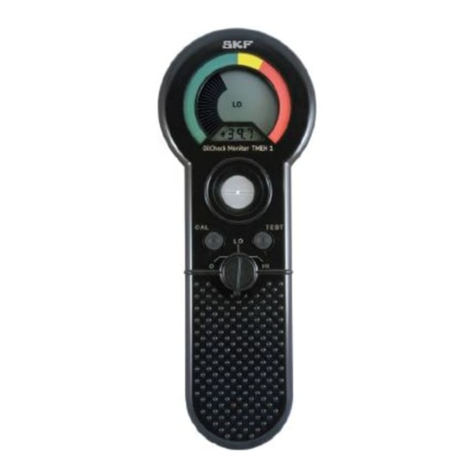
SKF
SKF TMEH 1 User manual

SKF
SKF M Series User manual
Popular Security Sensor manuals by other brands

Shinko
Shinko SE2EA-1-0-0 instruction manual

Det-Tronics
Det-Tronics X Series instructions

ACR Electronics
ACR Electronics COBHAM RCL-300A Product support manual

TOOLCRAFT
TOOLCRAFT 1712612 operating instructions

Elkron
Elkron IM600 Installation, programming and functions manual

Bosch
Bosch WEU PDO 6 Original instructions



















